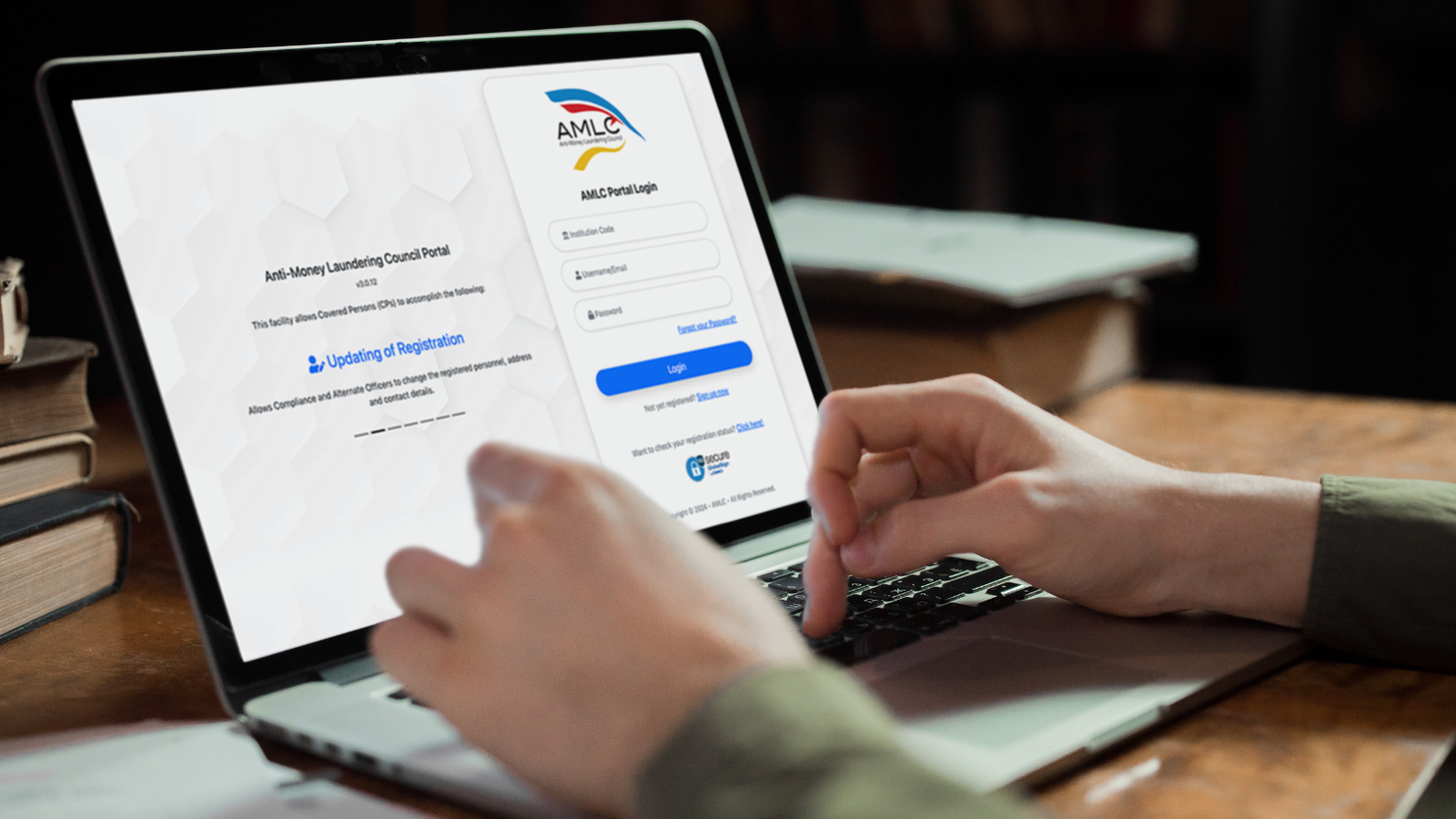
When running a business in the Philippines, staying on the right side of the law is crucial, especially regarding Anti-Money Laundering (AML) compliance under the Anti-Money Laundering Act (AMLA) and the Penal Code as amended. If you’re part of a regulated industry, you’ve probably heard of the Anti-Money Laundering Council (AMLC). This government body and the Bangko Sentral ng Pilipinas (BSP) play a vital role in keeping our financial system clean by ensuring businesses report suspicious activities and comply with monetary laws.
But let’s be honest — compliance can feel overwhelming, especially with all the reporting requirements. That’s where understanding the process and using the right tools, like UNAWA’s UCheck, can make your life much easier.
So, what exactly is a suspicious activity, and why should you care? In simple terms, a suspicious activity is any transaction that seems unusual or doesn’t quite add up, like large cash deposits from an unknown source, transfers to high-risk jurisdictions, or actions that could constitute a money laundering offense.
The term ‘money laundering referred’ in legal frameworks outlines institutions’ statutory definitions and responsibilities in preventing and reporting such activities. If your business comes across something that raises a red flag, it’s not just a good idea to report it — it’s the law.
Under AMLC guidelines, businesses in regulated industries are legally obligated to report these activities. Ignoring this requirement can lead to hefty penalties; trust us, that’s a headache you don’t want. Plus, reporting helps protect your business from being unwittingly involved in money laundering schemes.

Now that you know why reporting suspicious activities is essential, let’s dive into the process. Such reporting is crucial to maintaining confidentiality and complying with legal protections. Don’t worry; it’s more straightforward than you might think. Here’s a simple breakdown to help you get started:
The first step is spotting unusual transactions involving any monetary instrument or property. It is crucial to prevent the country from being used as a money laundering site, as emphasized by the Anti-Money Laundering Act in the Philippines. These could be anything from unusually large transfers to accounts in high-risk countries to a combination thereof involving a series of small transactions that seem to be structured to avoid detection. Your business should have systems in place to flag these activities.
Once a suspicious transaction is identified, it’s time for an internal review. Various financial entities, including those managing securities, are supervised by the Securities and Exchange Commission, which plays a crucial role in the oversight of transactions and adherence to anti-money laundering policies.
This means gathering more information, checking the customer’s profile and the contractual or legal relationship involved, whether the customer is natural or juridical, and deciding whether the transaction is suspicious. If it is, escalate the matter to the right people within your organization responsible for compliance.
If, after review, the transaction still raises concerns and appears to be a money laundering transaction, it’s time to file aSuspicious Transaction Report (STR) with the Anti-Money Laundering Council as part of their anti-money laundering operations. Non-compliance can result in a fine of not less than the minimum financial penalties defined under the Anti-Money Laundering Act of 2001.
You’ll need to submit this report electronically through the AMLC’s File Transfer and Reporting Facility (FTRF). Ensure the report is detailed, accurate, and submitted promptly — usually within the next working day.
The good news? With tools like UCheck, generating these reports is a breeze, ensuring you stay compliant without the stress.
RELATED: UCheck to Counter Money Fraud in the PH
Filing that report is a crucial step, but let’s be honest; staying compliant involves more than just ticking boxes. It’s about having the right processes in place to ensure you’re always ready when the AMLC comes knocking. Tools like UCheck are essential as they help counteract money laundering by simplifying compliance with the Anti-Money Laundering Act of the Philippines. This is where proper documentation and ongoing compliance checks come into play.
After you’ve submitted an STR, it’s essential to keep detailed records of the transaction and the steps your business took to review and report it. This documentation isn’t just for your peace of mind; it’s also essential if the AMLC ever conducts an audit. You want to show that you’ve done everything by the book.
And here’s where things can get a little tricky: keeping track of all these reports and records can be a real headache, especially if you’re handling them manually. But don’t worry! There’s a smarter way to manage all this.
With UCheck, you can generate reports effortlessly and get an automated audit trail that keeps track of every search and report you make. UCheck can help monitor various types of transactions, including those involving financial derivatives based thereon. This means you can focus on running your business, knowing your compliance efforts are in good hands.
Staying on top of AML compliance doesn’t have to be a constant worry. With the right tools, you can transform what might seem like a daunting task into a streamlined, efficient process. UCheck is designed to take the hassle out of compliance, ensuring that your transactions align with your business or financial capacity and giving you peace of mind that your business is always a step ahead of potential risks.
Remember, compliance isn’t just about avoiding penalties; it’s about safeguarding your business’s reputation and building trust with your clients. By integrating UCheck into your operations, you’re not just checking a box — you’re fortifying your business against financial crimes and setting yourself up for long-term success. UCheck benefits various types of companies, including banks, insurers, and foreign exchange corporations, which are all key players in combating money laundering activities and ensuring legal compliance.
So why wait? Take control of your compliance today. Contact us today to request a demo and learn how UCheck can help your business stay secure and compliant with ease.